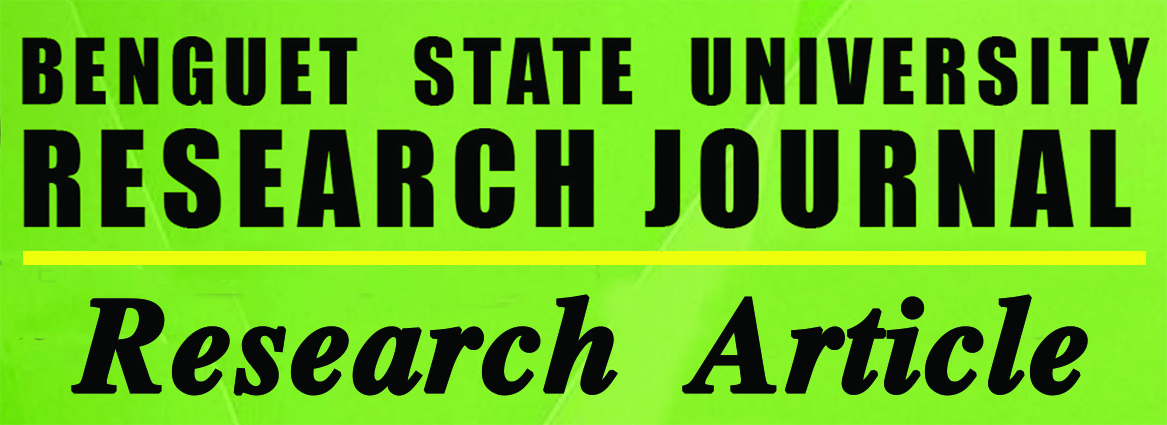Erosion in Chayote Fields Focusing on Characterisation Perception and Development of Erosion Field Tool in Shilan, La Trinidad, Benguet, Philippines
Main Article Content
Abstract
Soil erosion at chayote fields is grown in generally steep slopes of Shilan, La Trinidad, Benguet. Soil erosion is severe because of little soil cover and few soil conservation techniques. To measure soil erosion within chayote fields in Barangay Shilan, the Morgan, Morgan and Finney (MMF) model and the Assessment of Current Erosion Damage (ACED) was used. The erosion risk according to the MMF prediction is in the range of 5.7 kg/m2 to 12.7 kg/m2 per average year. The ACED method measured a soil loss of 13.5 kg/m2 and 96.3 kg/m2 in case of a gully. Both methods show severe erosion and are comparable in case of the erosion features rills and channels. However, only the MMF method takes into account sheet erosion. The ACED method includes a longer period than one average year. This makes the ACED more suitable to measure gully formation.
Interviewed chayote farmers in the area revealed their perception about erosion. Some did not notice erosion in their fields while others have slight knowledge about erosion processes. However, they noted that high rainfall and steep slopes are contributors of erosion. A difference of land management was observed, like the undergrowth of grasses. Grass left underneath the chayote plants results in less risk on erosion. Unfortunately, most farmers remove grasses because of the expected competition for moisture and nutrients with chayote. Only few farmers understood that grasses are necessary to reduce the risk on erosion. None of the farmers attended land conservation trainings.
Because of the little knowledge about erosion processes, an erosion tool was developed in this research. This can help to investigate the erosion process. The data gathered from the erosion field tool will be used in a database and the results can increase the knowledge about erosion processes. The database will be used by farmers, extension workers, students and teachers of the University. By using the database, the links between for instance, vegetation cover, rainfall, and steepness can be related with soil loss. Understanding the influence of different factors on erosion risk is important and can be recorded by use of a simple database.

